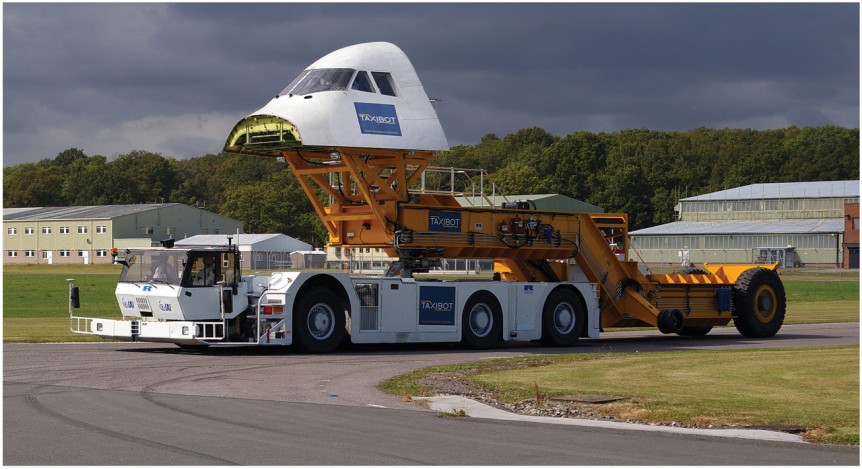After over 300 trips around the 13.629 kilometer (8.47 mile) circuit, Porsche edged out Toyota for the overall win in the last three minutes of the 24 Hours of Le Mans. A breakdown left the leading #5 TS050 hybrid stranded on the track with the Porsche #2 919 hybrid speeding past for the overall win. Toyota and Porsche had battled it out for the entire race, with Audi struggling with a blown turbocharger and broken suspension. That Audi’s technicians’ and mechanics could repair significant mechanical issues and have their cars complete the race within striking distance of a podium finish speaks volumes for their skills. As usual for several years, Toyota, Porsche and Audi ran hybrid cars in the LMP1 (Le Mans Prototype 1) category, which allows either hybrid or non-hybrid power. Hybrid cars have no limit on engine size and non-hybrids are limited to 5.5 liters (340 cubic inches. Because of the speeds they can attain, LMP1 vehicles must …
Fuel Cells for Taxiing
What seemed like an easy transition a few years ago has been delayed by one developer. “Safran and Honeywell have delayed by two years the planned entry into service of their electric green taxiing system (EGTS), a device designed to enable an airplane to taxi with its engines shut down. Aviation International News (AIN) quoted a spokesperson as saying, “The team is still working on the program with a goal of certification in 2018 and entry into service shortly after.” The system uses motors on the main gear to enable taxiing under power. One of several competing systems, WheelTug, has motors on the nose gear only. Wheeltug uses a Boeing 737-800 as a testbed for the certification program. A United States company with manufacturing apparently based in Gibraltar, WheelTug claims orders for 985 systems by 22 airlines. Another system, TaxiBot, was developed by Israel Aerospace Industries in cooperation with France’s TLD, Germany’s LufthansaLEOS, the ground-handling component of the airline. The …

